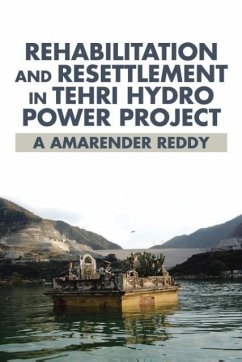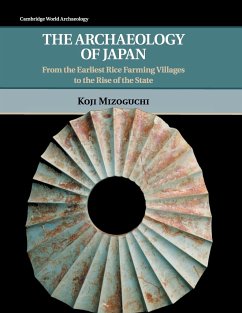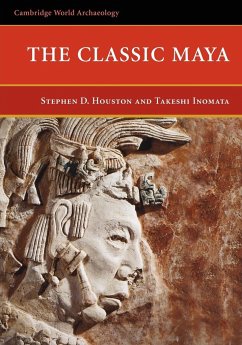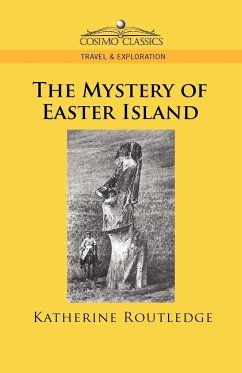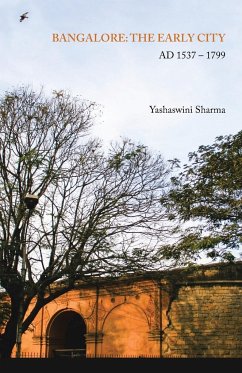
BANGALORE
THE EARLY CITY: AD 1537 - 1799
Versandkostenfrei!
Versandfertig in 1-2 Wochen
93,99 €
inkl. MwSt.

PAYBACK Punkte
47 °P sammeln!
Through this book, the Author strives to reach an understanding of the development of the city of Bangalore, focusing on the architecture and settlement pattern of its earliest urban area, the P¿t¿ and the oval Fort. The book attempts to identify the nature of the cultures underlying the architecture of the city by tracing the development chronologically from its establishment in the 16th century to its fortification and expansion during the rule of Hyder Ali (r. 1761-1782 AD) and Tipu Sultan (r. 1782 - 1799 AD), explaining various functional aspects affecting the form of the city, notably t...
Through this book, the Author strives to reach an understanding of the development of the city of Bangalore, focusing on the architecture and settlement pattern of its earliest urban area, the P¿t¿ and the oval Fort. The book attempts to identify the nature of the cultures underlying the architecture of the city by tracing the development chronologically from its establishment in the 16th century to its fortification and expansion during the rule of Hyder Ali (r. 1761-1782 AD) and Tipu Sultan (r. 1782 - 1799 AD), explaining various functional aspects affecting the form of the city, notably the shift in the character of the P¿t¿ from a largely mercantile settlement to a military one. The city can be described as a melting pot of cultures and resultant built forms, growing from a small town to a city in a short span of time. The analysis, set within a framework of urban design theory, is built upon original documentation based on archival documents, including maps and drawings, and on fieldwork involving sketches, a photographic survey, and discussions with relevant authorities. A historical survey (Chapter 1) based largely on secondary sources provides the context for the discussion of urban and architectural developments. The early urban development of Bangalore is treated in Chapter 2, which shows the importance of zones or 'sub-P¿t¿s', apparently from as early as the 16th century, and certainly apparent in 18th century maps. Finally, Chapter 3 focuses on the architecture of significant buildings from the period in question in and around the P¿t¿ area. The changing built form of the city from that of a primarily Hindu architectural language to one that incorporates Islamic influences has been discussed through the documentation of the surviving structures, temples, Palace and oval Fort. That the principal axiality of the P¿t¿ continues to influence the layout of the city is noteworthy.





